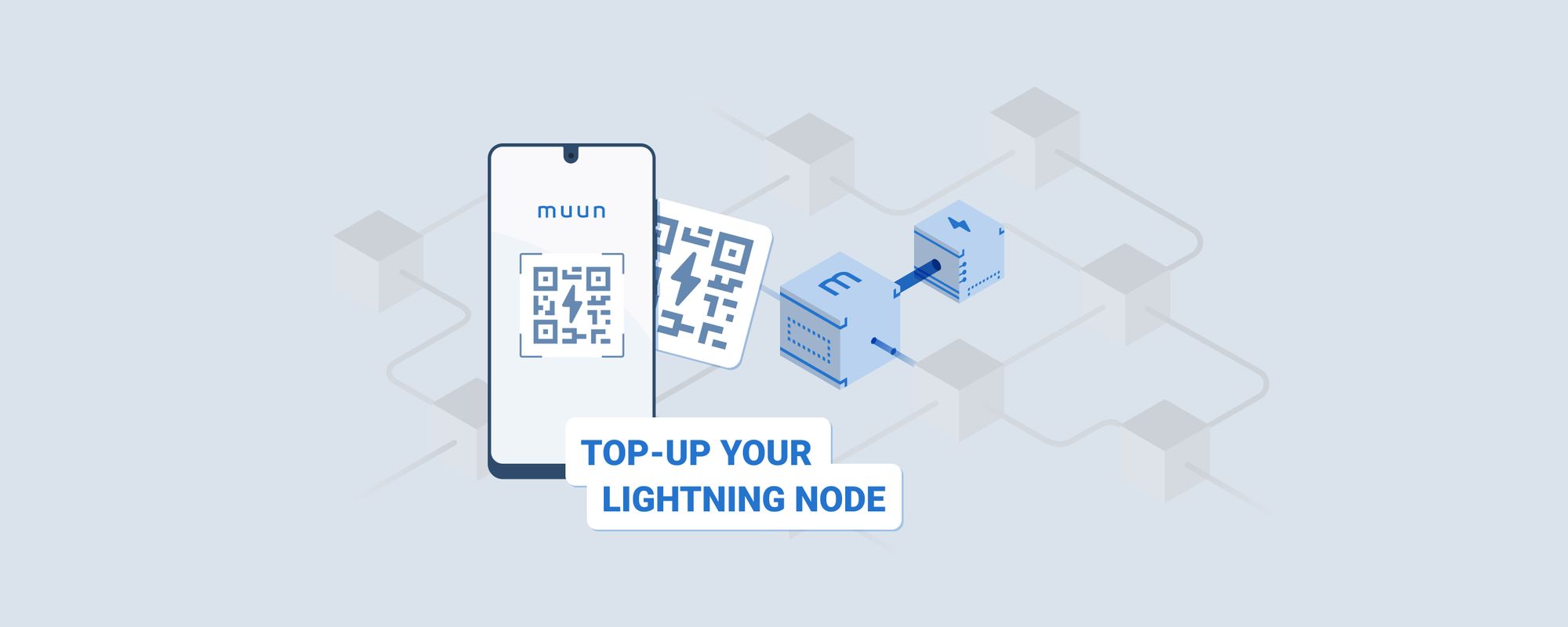Edit: As of June 2020, this feature has been disabled.
Some months ago, we released Lightning payments in Muun. They are instant, 100% non-custodial and don’t require any channel configuration.
Since then, we have received requests from users who wanted to use this feature to top up their lightning nodes and get connected to ours. Therefore, we improved the feature to make it faster and easier to use for this purpose.
As of today, you can easily top up your Lightning node from your phone using Muun. Just generate an invoice of 150,000 sats (or more) from your node and pay it with Muun. To be extra sure, we suggest you extend the expiration time of your invoice to 2 hours.
The transaction you are sending is a submarine swap, consisting of an on-chain transaction to a swap provider, that pays the lightning invoice with an off-chain transaction. Both transactions happen atomically, so the whole process is completely trustless.
There are two aspects of this use case that makes it different to other Lightning payments in Muun: 1) The amount being sent is probably larger ( >150,000 sats) and 2) The destination node is probably less connected than a merchant or a Lightning App. Because of this, chances are there won’t be a well-funded route to your node. This won’t be a problem. Instead, Muun will automatically open a channel to your node and you will receive the money off-chain.
The result is that you will top up your node gaining outbound capacity to pay in the Lightning Network. At the same time, you will get connected to one of our nodes, that is both well-connected and well-funded.
Confirmation times and fees
Making a Top Up requires four confirmations from the network, meaning the whole process will take approximately 40 minutes. This differs from instant Lightning payments because there isn’t an existing well-funded route at the moment of the payment. A channel must be open on the spot. The fees associated with this service are to cover all the on-chain transactions needed to manage the channel.
Are you running your own node? Give it a try and tell us what you think!

